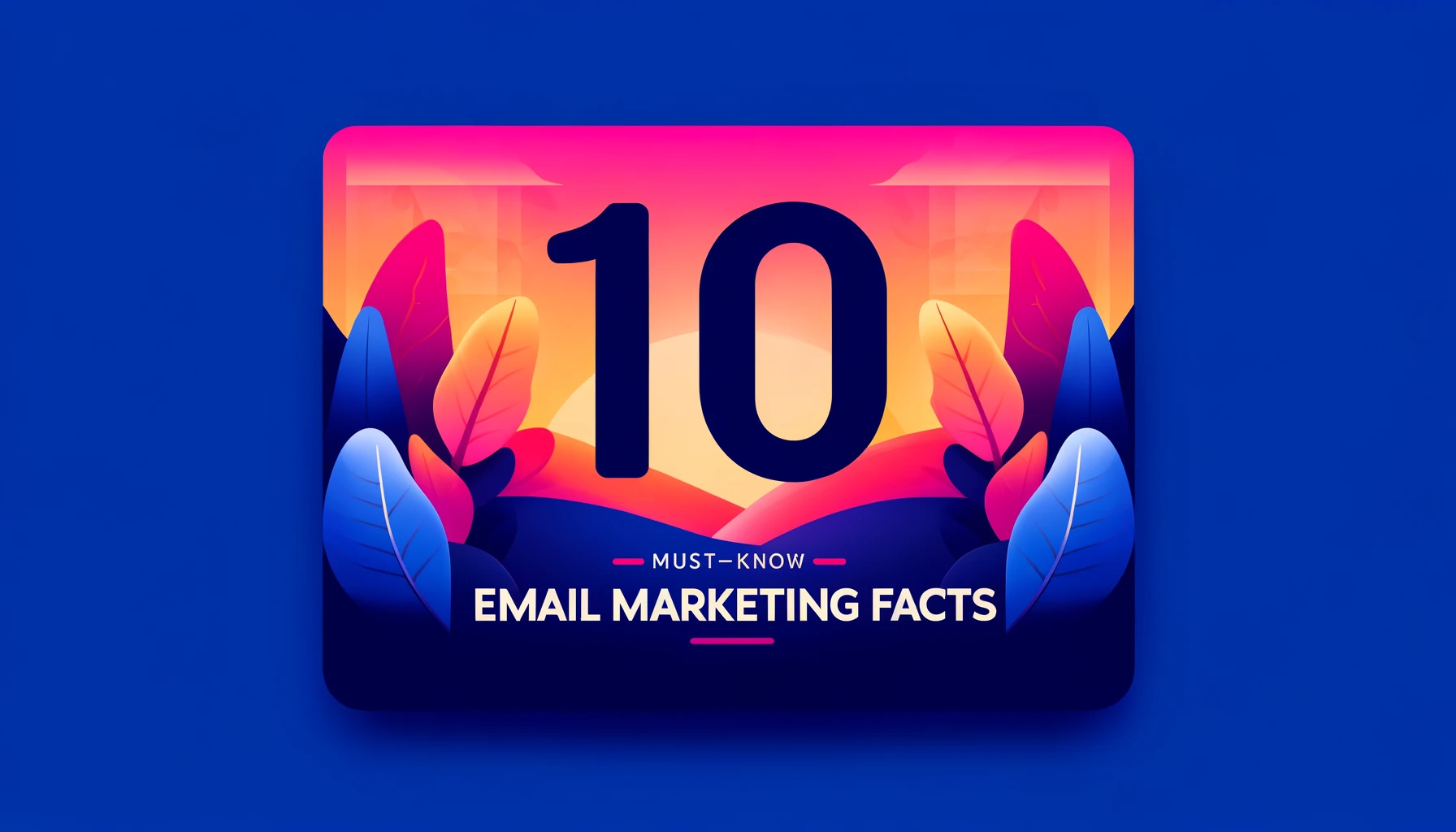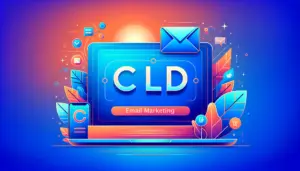You can have the best product or service in the world, but if you can’t get it into the hands of your target audience, it’s all for nothing. That’s why email marketing is so important. If you can’t build a list of people who might be interested in your product then you can’t even start to market to them. This blog will look at 10 facts every small business owner must know about email marketing.
1. Know your customers and what they want
Email marketing is a great way to spread your brand and to stay in touch with customers. A lot of small businesses consider email marketing to be the best way to communicate with their customers, especially when compared to social media. The truth is that, if you want to be successful, you need to know your customers. You cannot send the same message to all of them. You must be able to understand who they are, what they like, and what they don’t like. That’s why it’s very important to know your target audience.
2. Work on a long-term strategy
Having a long-term email marketing strategy will help you create a better email marketing campaign. The key to having a solid email marketing strategy is to have a clear goal in mind. Before starting your email marketing campaign, you should decide what you want to achieve with it. Maybe you want to drive traffic to your website or sell a product, or maybe you just want to keep your customers informed about your latest offers. To be successful, you need to be clear on what you want from your email marketing campaign.
3. Think about the strategies for getting leads
Leads are one of the vital things for email marketing. If you cannot get enough leads, there will be no marketing. So, you should always think about different strategies for getting new leads. There are two types of leads:
- One who already interacted with your business and provided you with their contact information. Usually, this type of lead had a better chance of conversion, but unfortunately not easy to get.
- The other type is cold leads. A targeted cold lead can be a great source of your potential customers. If you do the email marketing correctly, you can turn a good portion of these cold leads into your active leads (type one) and eventually into paying customers. Remember, proper cold email marketing can bring 5-20x more customers than typical ads at the same cost.
4. Use a marketing automation tool
Marketing automation is all about helping you automate your email marketing. But what does that mean? Think of it as a system for automating various tasks to keep your email marketing campaigns on track. It uses a variety of tools and applications to help you identify, segment, and convert leads, and then helps you convert them into customers and keep them happy.
5. Stay in front of your customers
Do not sound like an automated bot and do not make try to sell your product too hard on email. Email like you are talking to a real person. Think like you are talking to a real person face-to-face. Introduce yourself first and tell them that you care about them. Then discuss the problems they might be facing and try to be their friend in this case. If you can make it clear how they can benefit, it will not take a long time for them to become your paying customer.
6. Offer incentives
You’ve probably heard about the fact that if you want people to take action, you need to offer them something in return. This is called an incentive. Now, the incentive doesn’t have to be a big thing—it can be anything from a coupon or a free sample to a free consultation or a free trial. Whatever it is, it should be something that your potential customer will find desirable. This is because an incentive is a simple way of telling your visitor that what you have to offer is worth their time. It’s why you see companies offer free samples of their products on websites—it’s in the hopes that you’ll try the product and like it enough to buy more.
7. Measure your results
Don’t just send emails and assume everything is working as it should. Make an assumption first based on realistic facts and then cross-check how your campaigns are performing against your pre-campaign assumptions. If the results are not on track, do not get disappointed, but think about why they are not performing well. Make little tweaks to the speeches and run a small campaign again. Check if it is performing better than before. If someone does not respond to your first mail, address that softly and ask them if they saw your last mail. Remember best results take time.
8. Test, test, and test some more
Again, you should keep the tests going on. Compare the best-performing campaigns with your not-so-well-performing campaigns and try to understand what could be the problem. Remember, there is no shortcut to testing things. Even when your camping works exactly as you expect, still think and keep them under monitoring.
9. Never stop finding ways to improve
As our lives become increasingly more digital, the way we communicate is changing. The way we socialize, shop, learn, and engage with brands is also changing. It is essential that as a business owner, you adapt to these changes and use them to your advantage. Email marketing is one of the best ways to reach a large number of your customers and is a great way to stay connected with your customers. Whether you run a large retail chain or a small business, email marketing can be an extremely useful tool for you.
10. Don’t ignore the basics
Sometimes it may feel like you have done a lot of work and now you are ready to go. But before launching the campaign, make sure to recheck it twice. Do not ignore small basic things. Do not ignore minor issues (i.e., a space before the full stop). These things may not seem very important, but these will create doubts in the mind or readers that you are not careful enough with the business.
The Final Thoughts
Keep in mind that the best marketing comes from the best product and the best marketing is all about the customer.
We hope that you enjoyed this blog about email marketing for small businesses. If you enjoyed it and want to learn more about how to use email marketing for your small business, then check out some of our other related articles. The links are listed below.





